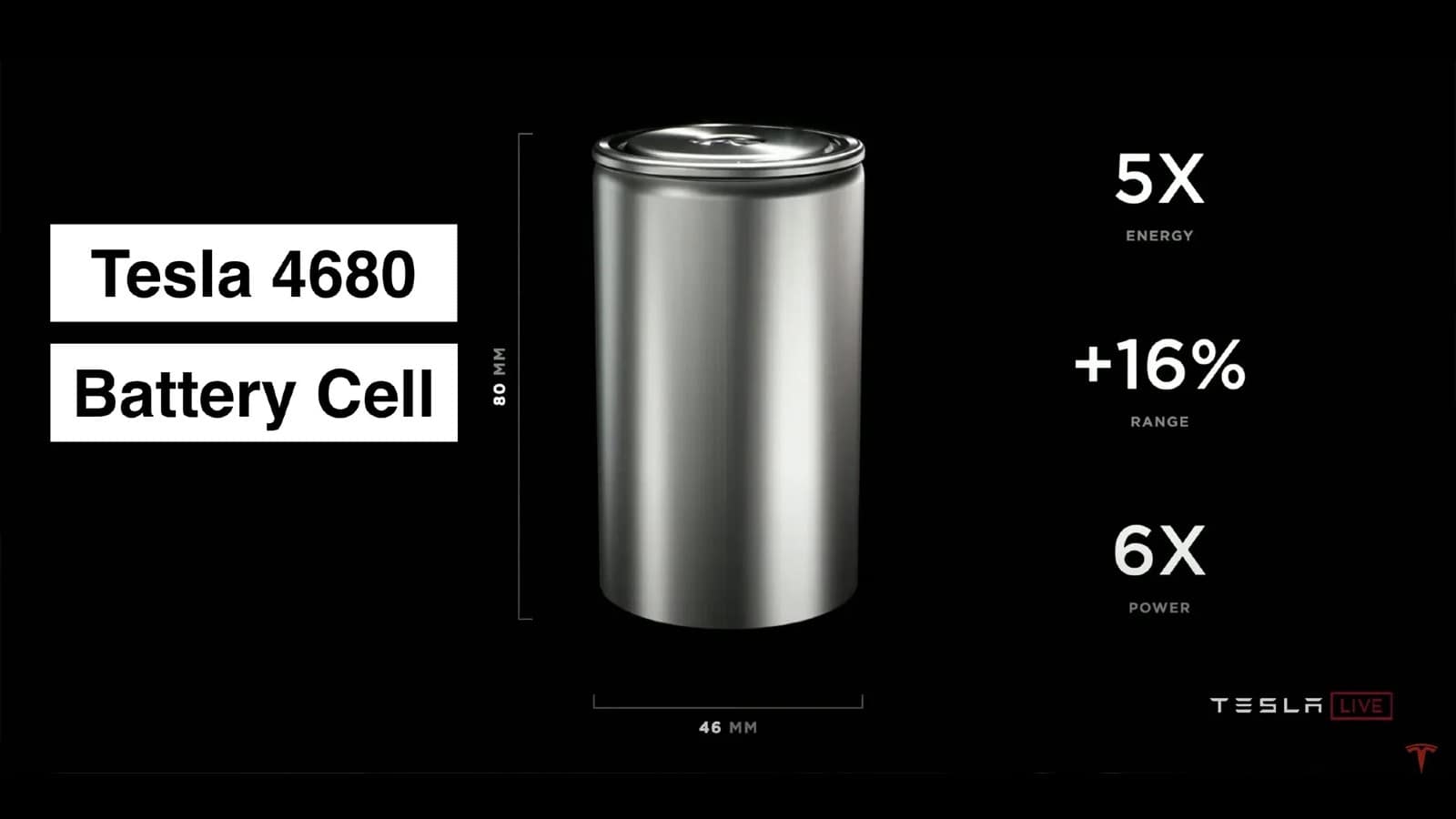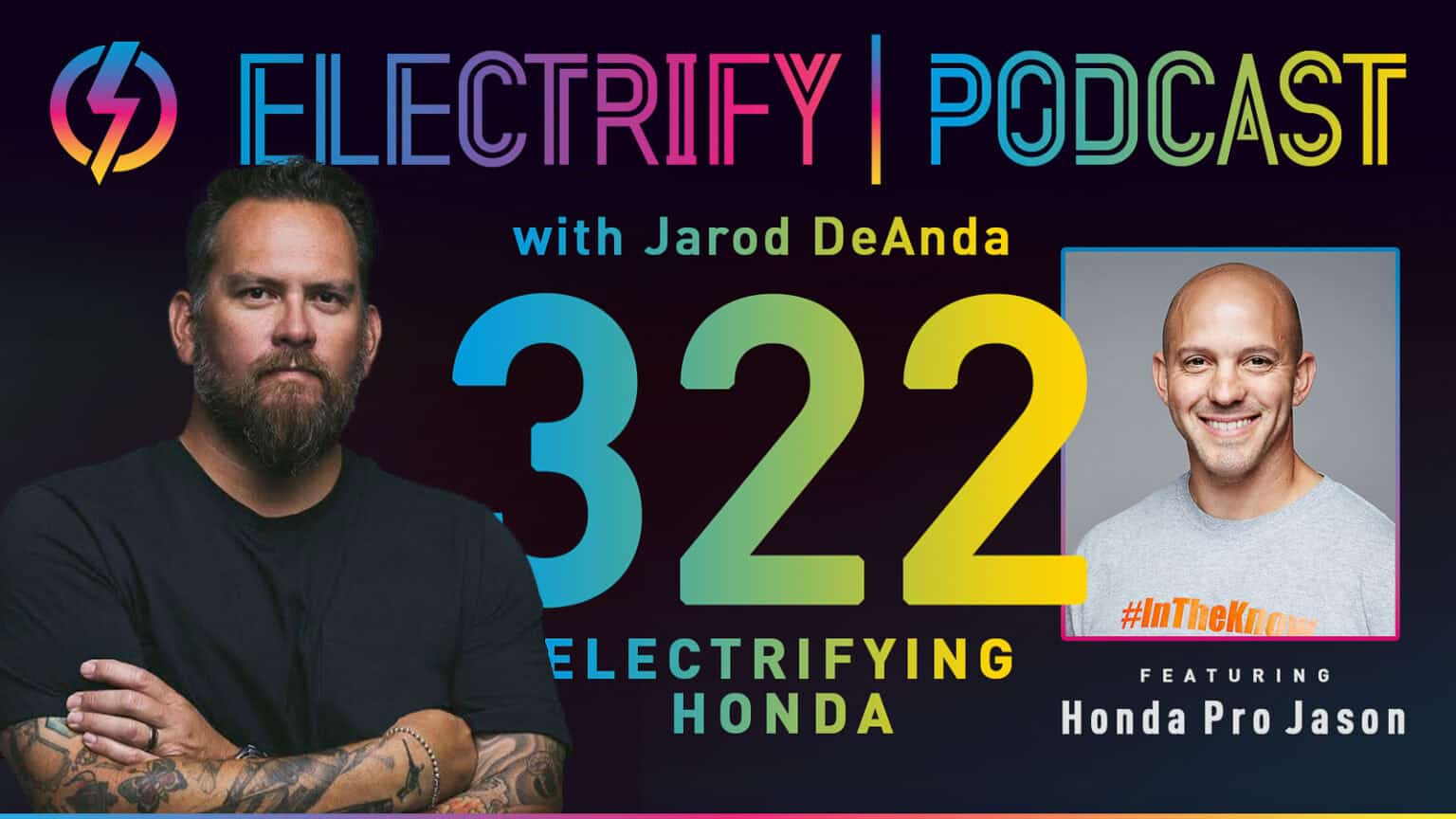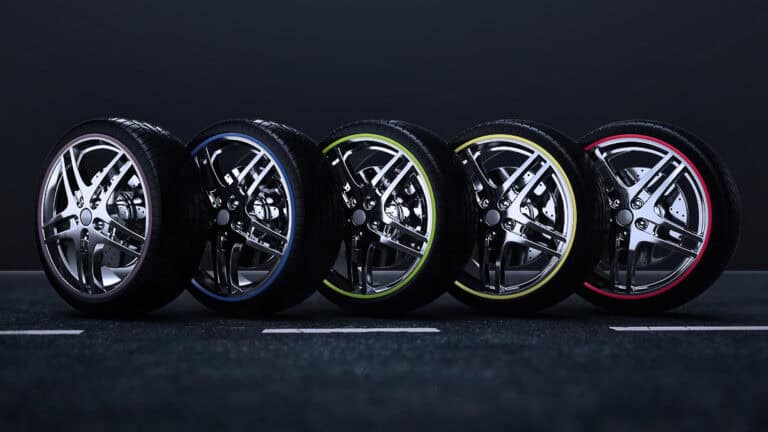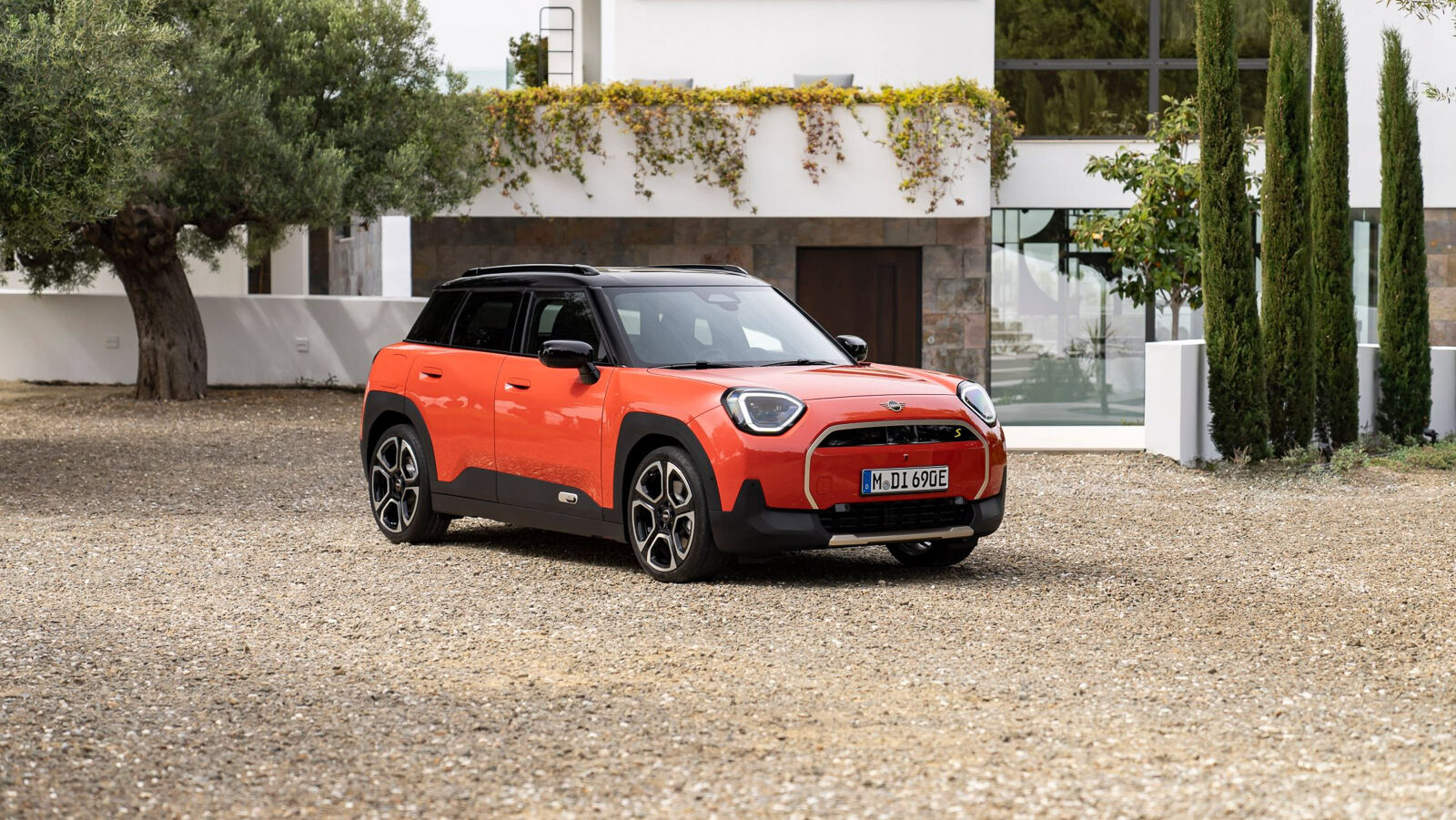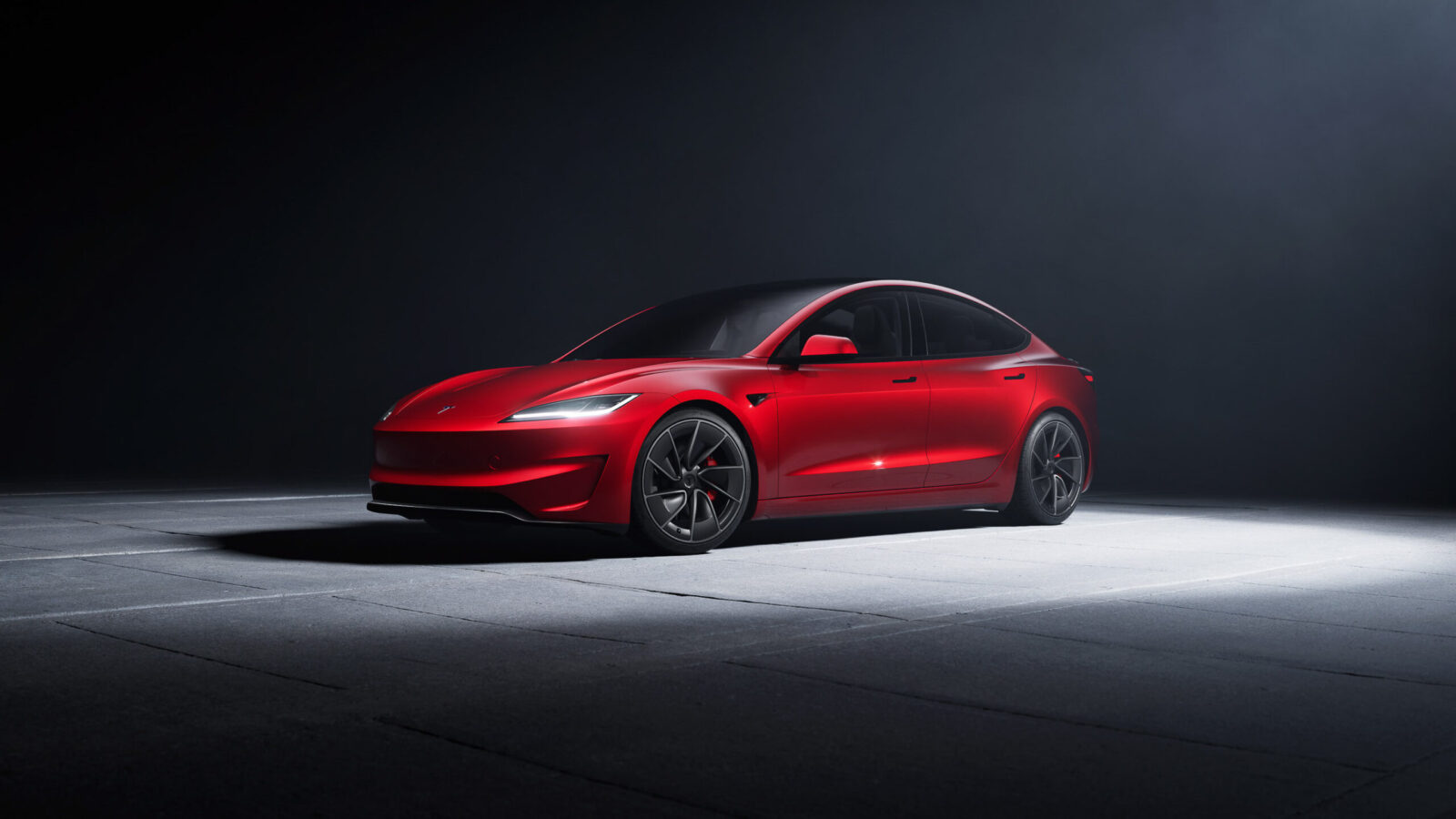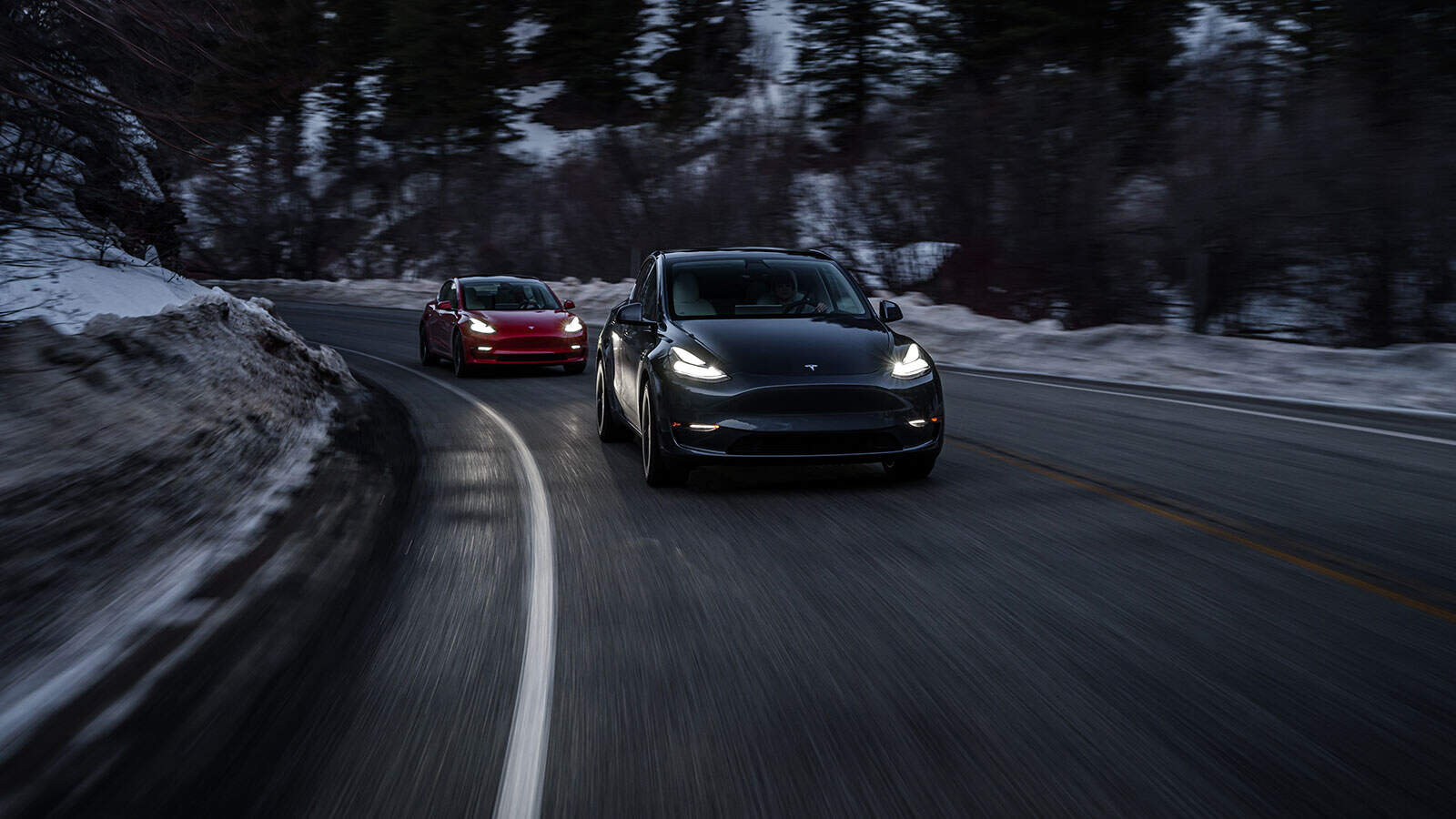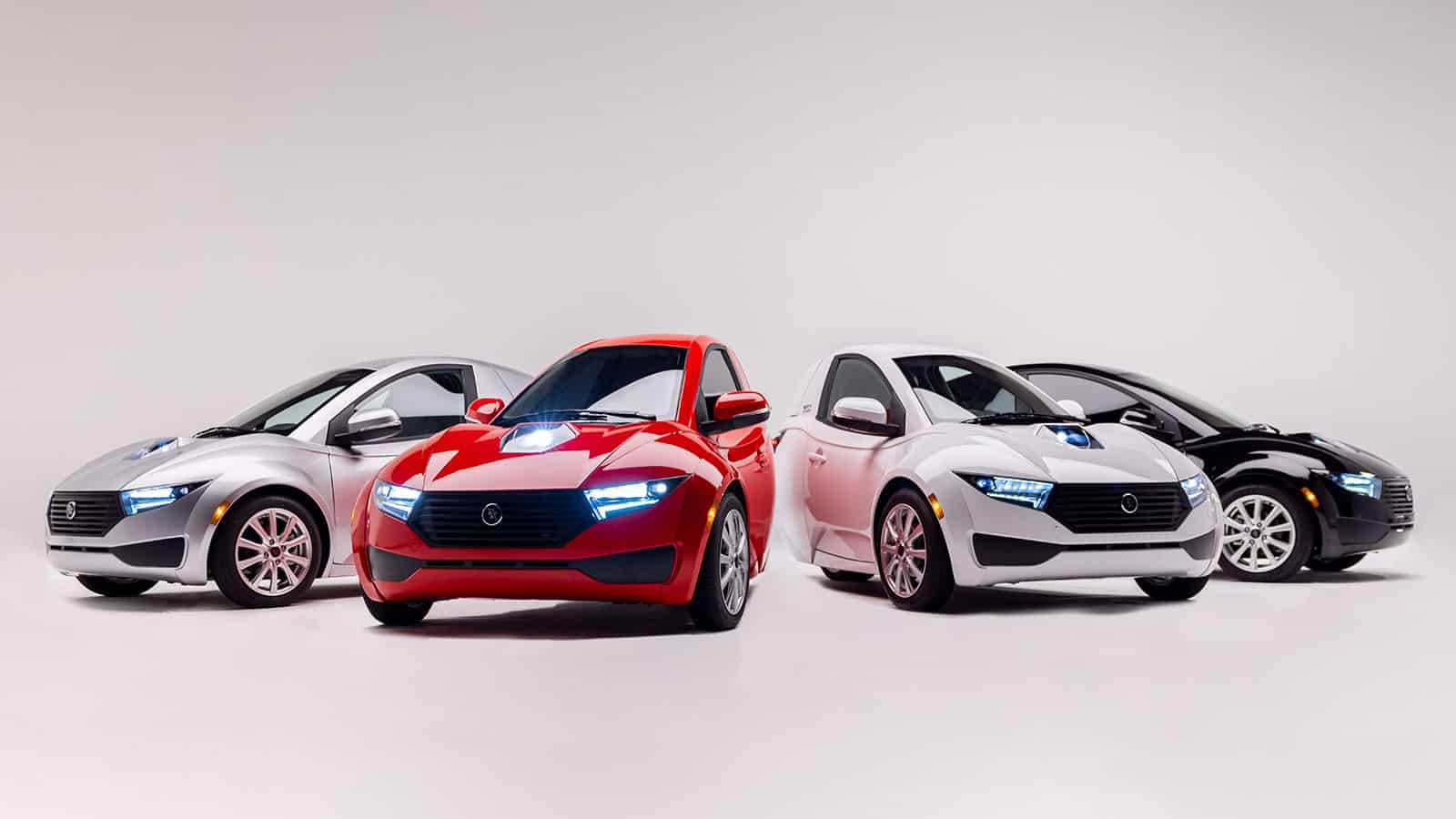The revolutionary new li-ion battery co-developed by Tesla and Panasonic is proving to be difficult to mass-produce.
When Tesla and Panasonic first showed the 4680 battery in late 2021, it did so with tremendous fanfare — and for good reason! The new, bigger “D size” EV batteries used a new process to “dry-coat” their electrodes, which significantly reduced the cost of producing the sort of battery packs used in a Tesla Model Y. Those savings were supposedly significant enough to cut the cost of the EV’s battery pack in half, and reduce the overall cost of the vehicle by more than 8%, according to experts with ties to the company.
That’s the good news. The bad news, however, is that the company appears to be way behind schedule. “They just aren’t ready for mass production,” a battery expert close to Tesla told Reuters.
This isn’t to say that the initial promise of the 4680 battery format isn’t delivering. Indeed, Porsche and Audi supplier, Rimac, has found similar advantages in the 46 mm cells, and is rumored to be developing the batteries for use in a new, all-electric Porsche Panamera EV that will target the Tesla Model S Plaid and recently revealed Lucid Air Sapphire.
Tesla Delays are Par for the Course
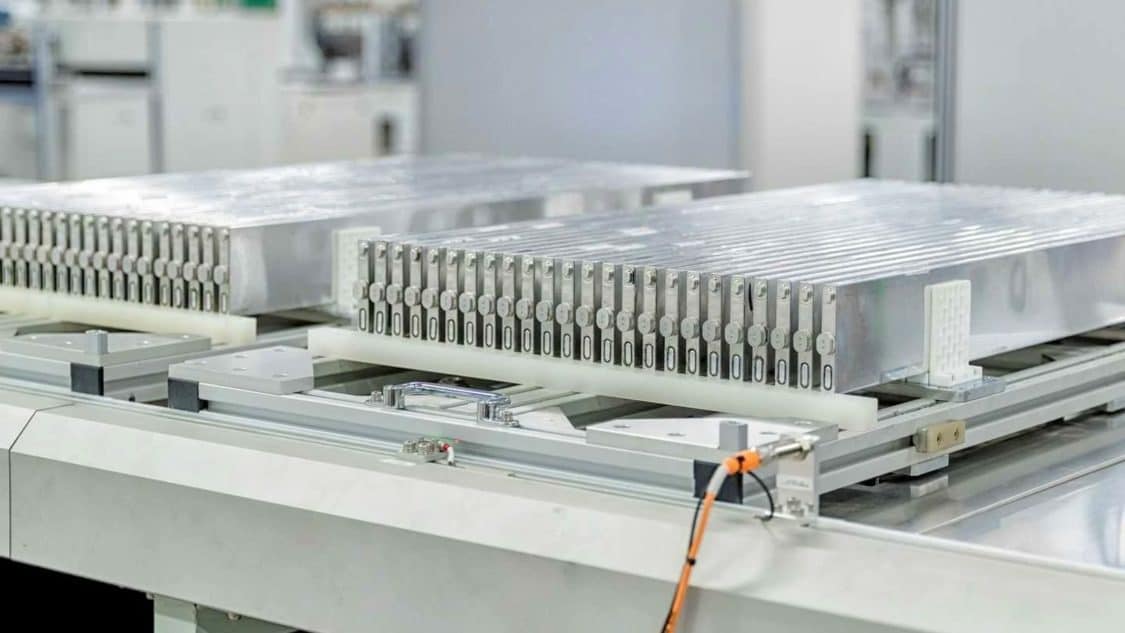
A delay from Tesla is hardly news at this point. The company has missed a half-dozen self-imposed production deadlines for its all-electric Tesla Semi, for example, while the rest of the industry has simply plowed ahead. What’s interesting about this delay, though, is the fact that it comes just days after news the company was working on a Model Y with a BYD-sourced “blade” battery.
Could the company be rushing the BYD battery to production to cover up the fact that the much-hyped 4680 won’t be ready in time, or is this just a smart business exploring all its options in a bid to keep production steaming along in the face of global supply chain issues?
You guys are smart — let us know what you think of the Reuters report, and what it might mean for the future of Tesla’s EV batteries, in the comments section at the bottom of the page.

SOURCES | IMAGES: REUTERS, VIA ELECTREK; CLEANTECHNICA.












